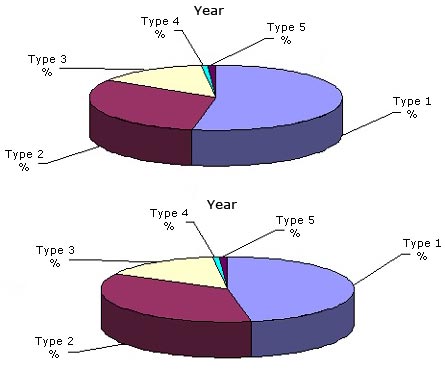Use of Harvested Organs Key to the Success of Global Transplant Market
May 07, 2015
Wellesley, Mass., May 6, 2015 – With transplant recipients living much longer, the market for post-transplant immunosuppression and monitoring products continues to grow according to a newBCC Research report on organ and tissue transplantation products and devices. This aspect of the transplantation process will be covered, describing post-transplant drug regimens along with patient and graft survival rates.
The global organ and tissue transplantation market contains elements of both a mature market and an evolving market. The global market for transplantation products, devices and pharmaceuticals, through 2020 is expected to reach $64.4 billion by 2015 and grow at a compound annual growth rate (CAGR) of 7.1% through 2020.
Successful organ and tissue transplantation began to come to fruition in the mid-1970s when tissue typing coupled with the use of cyclosporine provided more successful graft and patient survival. Today, patient and graft survival for kidney transplants is higher than 90% for the first year post-transplant. Often the success rate is 80% to 90% for five years post-transplant, with some recipients living more than 20 years after their transplant.
In the U.S., there were nearly 29,000 organ transplants in 2014. Kidneys and livers accounted for an estimated 61% of those organs transplanted in 2014. According to the World Health Organization (WHO), U.S. surgeons accomplished nearly 30% of the organ transplants in 2014.
Organ transplantation is a dynamic field, with continuing progress in the development of artificial organs and transplantation methods that reduce rejection and infection. The need for organs and tissues far outstrips the available donor material, placing increased pressure on the development of transplant methods that are as efficient and effective as possible.
“Continuing developments in organ procurement, organ preservation, tissue typing, and immunosuppressant use have bolstered successful transplantation surgical techniques,” says BCC Research analyst Peggy S. Lehr. “Evolving post-transplant drug and testing regimens have added to the success rate with close post-transplant monitoring and immunosuppressant dosage review.”
Despite overwhelming evidence that transplants work, the need for donated organs continues to be significant. Two keys to the success of the transplant market are the donation of more organs for transplantation and the use of more harvested organs with less waste. The traditional use of cadaveric organs is still a major source of solid and some tissue donations. The use of living donors continues to be another source despite an ongoing trend toward fewer live donors.
Organ and Tissue Transplantation and Alternatives offers forecasts, by product segment, including supporting analyses for projections. Product segments covered consist of the solid organ (e.g., kidneys, liver, heart-lung, pancreas, intestines) and the tissue transplantation (e.g., bone, skin, cornea, and heart valve) markets, along with the pharmaceuticals that accompany each market.

![]()
Editors and reporters who wish to speak with the analyst should contact Steven Cumming at steven.cumming@bccresearch.com
Organ and Tissue Transplantation and Alternatives( HLC012F )
Publish Date: Mar 2015
Data and analysis extracted from this press release must be accompanied by a statement identifying BCC Research LLC as the source and publisher. For media inquiries, email press@bccresearch.com or visit www.bccresearch.com/media to request access to our library of market research.
BCC Library Membership Benefits
Unlimited Access to Market Research Reports for Academic Institutions and Corporations.
Custom Research
Tailored solutions across industries for your unique business needs.
More in Health Maintenance
- Global Patient Monitoring Market to Reach $55.8 Billion by End of 2030
- Global Market for Biological and Medical Imaging Reagents Set to Surge to $40.1 Billion by 2030
- Anesthesia and Respiratory Devices Market to Hit $74.8 Billion by 2030
- Global Healthcare Gets a 6G Boost: Market to Grow at 77.9% CAGR Through 2040
- Global Tissue Engineering and Regeneration Market Set to Surge at 12.8% CAGR Through 2030
Reports from Health Maintenance
Recent News
- Global Separation Systems Market for Commercial Biotechnology Projected to Reach $45.1 Billion by 2030
- Global Hyaluronic Acid in Healthcare Market to Reach $10.5 Billion by 2030
- Biomarker Deals Accelerate: Strategic Alliances Reshape Life Sciences Innovation
- China’s DNA Sequencing Market to Grow at 21.5% CAGR by 2030
- mRNA Market Forecast: Small Decline of -0.04% CAGR by 2030
